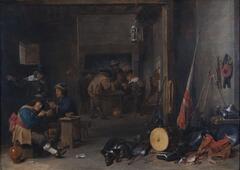148 UMMA Objects
148 UMMA Objects
![This stone dagger has a handle that is divided into two parts, separated from each other by a thinner band. The upper tier is smaller in length than the lower tier, which flares outward as it approaches the end. The tip of blade is broken off. In profile, the blade thickens in the center.<br />
<br />
Carved from stone, this dagger with a two-tier handle is missing only its tip. The cross section of the blade is rhomboid, while that of the handle is shaped like a convex lens. The dagger is of the later two-tier-handled type (<em>idanbyeongsik</em>), meaning that it probably dates from the end of the early Bronze Age or the beginning of the middle Bronze Age. Max Loehr (1903- 1988) was a German art historian specializing in East Asian art who taught at the University of Michigan from 1951 to 1960 as a professor.<br />
[Korean Collection, University of Michigan Museum of Art (2017) p.32] This stone dagger has a handle that is divided into two parts, separated from each other by a thinner band. The upper tier is smaller in length than the lower tier, which flares outward as it approaches the end. The tip of blade is broken off. In profile, the blade thickens in the center.<br />
<br />
Carved from stone, this dagger with a two-tier handle is missing only its tip. The cross section of the blade is rhomboid, while that of the handle is shaped like a convex lens. The dagger is of the later two-tier-handled type (<em>idanbyeongsik</em>), meaning that it probably dates from the end of the early Bronze Age or the beginning of the middle Bronze Age. Max Loehr (1903- 1988) was a German art historian specializing in East Asian art who taught at the University of Michigan from 1951 to 1960 as a professor.<br />
[Korean Collection, University of Michigan Museum of Art (2017) p.32]](/media/W1siZiIsIjIwMjIvMDUvMjUvMjhpaWV3MzJmbV9kZWZhdWx0LmpwZyJdLFsicCIsInRodW1iIiwiMjQweDIwMCJdXQ?sha=d2502c4cf43f3c8e)
Korean (Korean (culture or style))
Polished Stone Dagger
900 BCE – 701 BCE
Museum purchase from the collection of Max Loehr
1960/2.117

Jacques Callot (French (culture or style))
La Tentation de St. Antoine
1635
Museum Purchase
1972/1.162
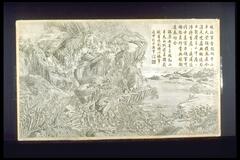
Chinese (Chinese (culture or style))
No. 6 of the series of 12 prints;
1788 – 1989
Gift of Baroness Maud Ledyard von Ketteler
1956/1.82
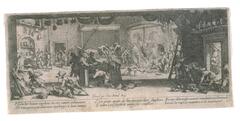
Jacques Callot (French (culture or style))
Plundering of a Farm, No. 5 from 'Les Grandes Misères de la Guerre'
1633
Anonymous Gift for The Paul Leroy Grigaut Memorial Collection
1972/2.358
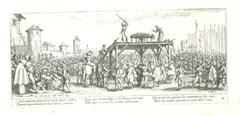
Jacques Callot (French (culture or style))
The Wheel, No. 14 from 'Les Grandes Misères de la Guerre'
1633
Anonymous Gift for The Paul Leroy Grigaut Memorial Collection
1972/2.366
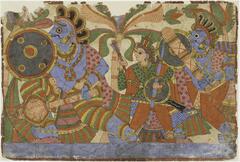
Artist Unknown, India, Maharashtra, Paithan School
Warriors going into battle from a Mahabharata series
1800 – 1866
Gift of Dr. and Mrs. Leo S. Figiel and Dr. and Mrs. Steven J. Figiel.
1975/2.150
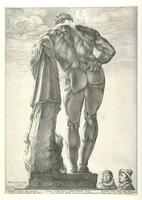
Hendrick Goltzius
The Farnese Hercules
1587 – 1597
Museum Purchase made possible by the Friends of the Museum of Art
1994/2.13
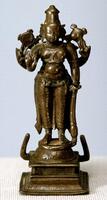
Indian (Indian (South Asian))
Vishnu
18th century
Gift of Dr. and Mrs. Leo S. Figiel and Dr. and Mrs. Steven J. Figiel
1981/2.61

Kuba (Kuba (Democratic Republic of Congo style))
Ritual Sword
1895 – 1905
Museum Purchase made possible by the Friends of the Museum of Art
1985/1.157
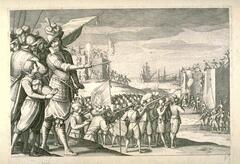
Jacques Callot (French (culture or style))
Assaut de deux forteresses (Assault on Two Fortresses) from "La Vie de Ferdinand Ier de Médicis."
1616
Gift of Jean Paul Slusser
1957/2.46
Loading…
